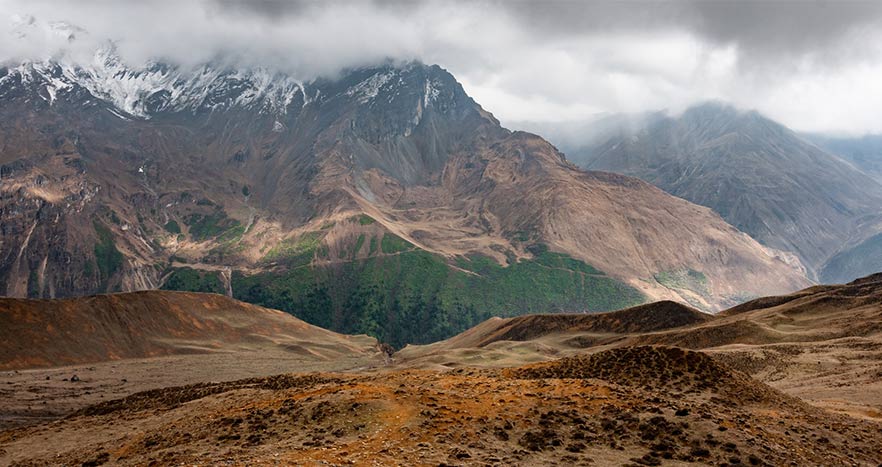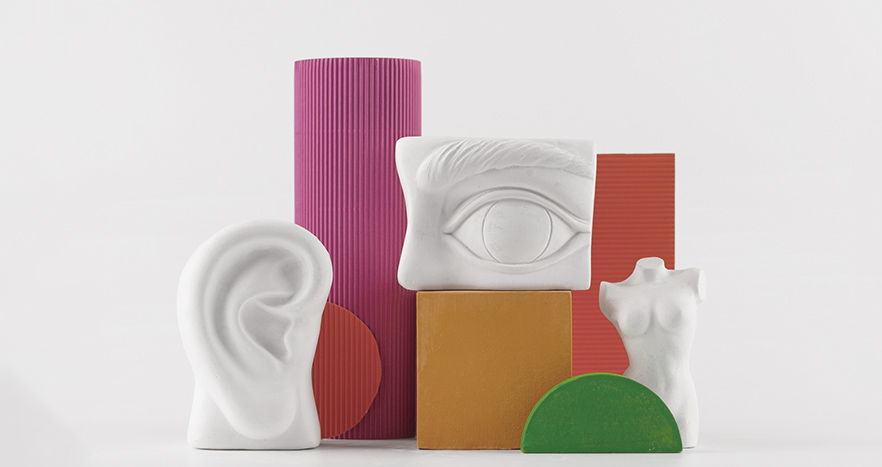You may or may not have heard of shilajit before. Most western cultures would be oblivious to this substance. In contrast, shilajit history of use in the east goes back thousands of years ago. They use it as a rejuvenator to enhance overall health.
Discovery of Shilajit
There are multiple accounts as to how humans first discovered shilajit. It predates writing traditions.
Based on stories passed down for generations, it was the hunters and food-gatherers who first discovered it. The story recounts that humans observed wounded and ill animals licking on a black substance trapped between rock crevices.
They found these animals healed better and sooner when they do. That was when they began to associate their speedy recovery with shilajit. Those who witnessed these events took their cue from animals’ instincts. They used the same black material to help themselves heal from wounds and high-altitude sickness.
Soon enough, they started harvesting the rocks that contained it. Once they were home, these were processed to extract shilajit resin. Some took it raw while others subjected it to crude ways of purification that rid it of dirt, stones, and other impurities mixed with shilajit extract.
Origins of Shilajit
Accounts of its real origins range anywhere from the scientific to the fantastic. It was the kind of stuff that made legends. Researchers have unearthed scientific evidence to support many of the claims told about its healing powers over many centuries.*
Everyone agrees that shilajit is the handiwork of nature. However, there has yet to be a consensus as to what is responsible for its formation.
Right now, there are several theories:
- The first believes it was formed from the remains of prehistoric marine organisms that dominated the earth millions of years ago. According to this theory, mountain tops were once submerged in deep water.
As continents formed and the glaciers started to harden, the ocean receded. The process left behind the fossilized remains of these prehistoric marine creatures. While dead marine organisms were undergoing decomposition, they mixed with the soil. Eventually, Shilajit bearing rock were formed.
- Another proposes it was created from decaying plants with medicinal value. This theory further suggests that animals gather these plants to help them heal faster or for seasons of famine.
- A third says it develops from honey produced by wild bees. It combined with rich minerals in the soil. The resulting fusion formed mineral pitch which is later deposited in the rock strata.
- The last one proposes that shilajit forms from medicinal plants undergoing various stages of decay. That while being subjected to ideal environmental factors present in the mountains. Later mixing with the fulvic and humic components of the soil.
Regions of distribution
We strongly believe in the last theory. From Shilajit bearing rock that form, what can be extracted is shilajit resin.
The fourth theory most likely explains why shilajit is commonly found in high altitudes. Two of the well-known sources are the Altai Mountains and Himalayan Mountains.
It is also found abundantly in the Caucasus Mountanins, Ural Mountains of Russia and the Hindukush in Afghanistan. Shilajit can also be found in Nepal, Pakistan, Mongolia, Bhutan, Nepal, Saudi Arabia, and Australia, North and South America among others.
Shilajit formation takes decades to complete. Based on our personal experience and observations, high-quality shilajit should be allowed to form for at least 40 years. It needs that much time or more to transform its chemical properties into one that has the potential to restore the human body to ideal health.*
This makes shilajit a limited and finite resource. To protect its economic value and the environment, it has been the subject of export bans in places where these are extracted. [1]
Shilajit History of Use and Scientific Research
In recent years, shilajit’s popularity has grown. This could be the result of a renewed interest in ancient medicine and the growth of the pro-natural movement.
Shilajit, better known as mineral pitch in the west, can be found in many parts of the world. Albeit, the natural conditions have to be ideal for the substance to be formed.
Traditional Uses of Shilajit
The history of shilajit reveals it was used as a panacea in many regions of the world. Ayurveda and Siddha medicine, both of which originated in India, place a high regard for shilajit. In Sanskrit, shilajit literally means, “conqueror of weakness”. It is generally used to achieve two goals:*
- To restore ideal health faster through rejuvenation; and,
- To delay the onset of ageing and maintain good health.
Likewise, mumijo or shilajit is well-respected for its medicinal properties. Different cultures follow different ancient healing traditions in places that stretch from the Mediterranean, Africa, Middle East, and Central Asia. [2]*
In Greece, shilajit is called, “mumiyo” which means, “body preserving” or “body saving”. Based on historical accounts, the Greeks used it as an antidote for poison. The Muslim physician, Ibn Sīnā (Avicenna), allegedly used shilajit himself to treat patients suffering from a variety of illnesses. An account of the trading history between Kashmir and ancient Rome reveals that shilajit was one of the precious goods exchanged between the parties [3].*
In Tibet, shilajit is known as Brag-zhun. It has been widely used to promote liver health. They believe that shilajit is capable of eliminating toxins from the body.*
In Chinese medicine, shilajit is called, “wujinsan”. They believe that shilajit’s healing properties make it potent for treating inflammation. That includes promoting liver and kidney health. [4]*
Modern Uses of Shilajit
Present-day applications of shilajit are inspired by its early uses in the field of medicine. Researchers have demonstrated how its properties could lead to the following health benefits:*
- Enhance cognitive abilities and delay brain aging [5]*
- Improve wound healing [6]*
- Improve energy and performance [7]*
Although shilajit is sold widely in the market today, not all carry its rejuvenating qualities. Unfortunately, modern manufacturing and marketing practices undermine its true benefits.
Whether online or in stores, its value is blatantly disregarded. The glaring evidence is the growing number of shilajit powders, tablets, pills, and liquid drops. Since shilajit resin is its natural form, it only goes to show how extensively processed these other forms are.
In effect, over manufacturing shilajit decreases its potency. The resulting final products, therefore, end up containing no or low amounts of shilajit. At such substandard levels, there’s a compelling reason to believe that its health-giving properties are significantly diminished in value.
If you’re taking shilajit now or, thinking about supplementing with it, make sure to get only shilajit resin. You should also know that studies have proven it is safe. Although, the appearance, smell, and taste of shilajit may not be a pleasant experience at first. Regular use will help you overcome it. But, always make sure you’re only taking what is recommended on the label.
*These statements have not been evaluated by the Food and Drug Administration. These products are not intended to diagnose, treat, cure, or prevent any disease.
The information provided on this site is intended for your general knowledge only and is not a substitute for professional medical advice or treatment for specific medical conditions. Always seek the advice of your physician or other qualified healthcare providers with any questions you may have regarding a medical condition. The information on this website is not intended to diagnose, treat, cure or prevent any disease. Never disregard medical advice or delay in seeking it because of something you have read on the PürblackⓇ site.








